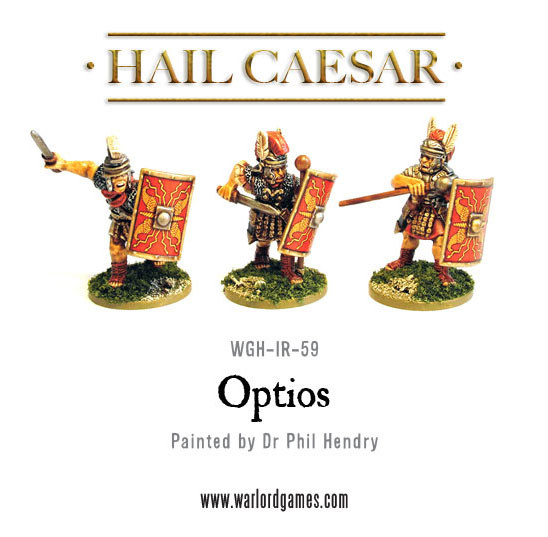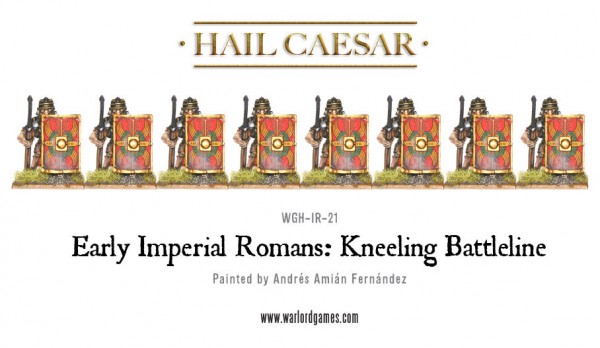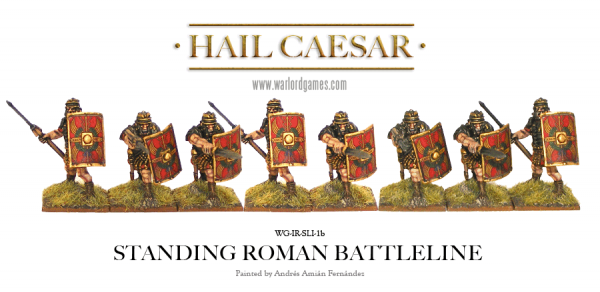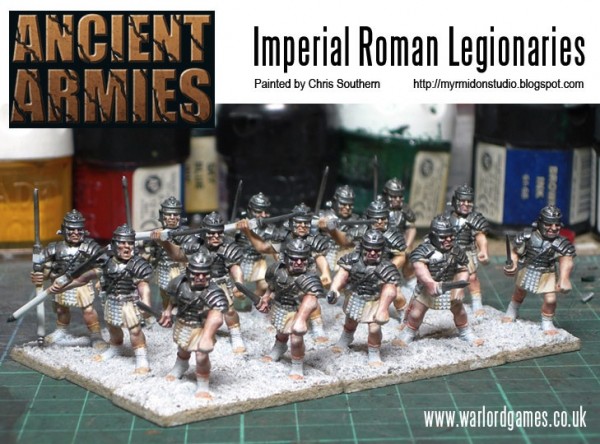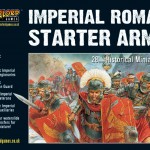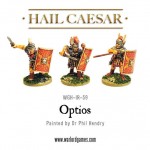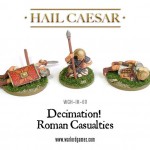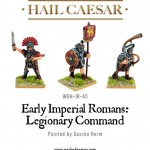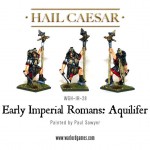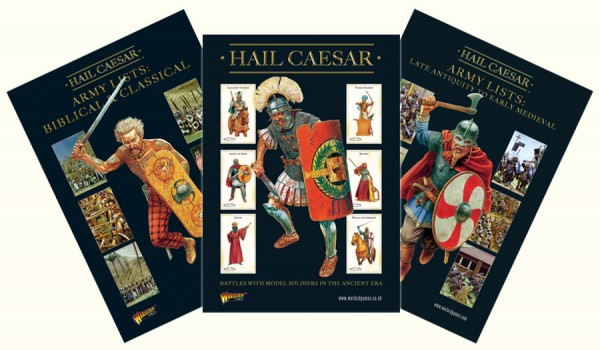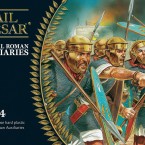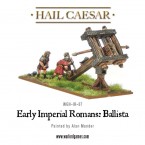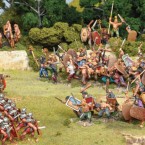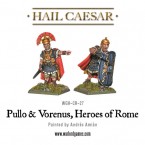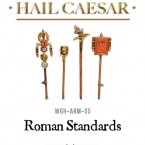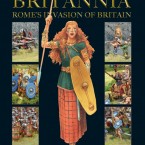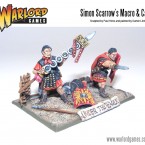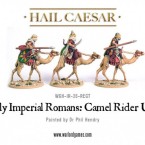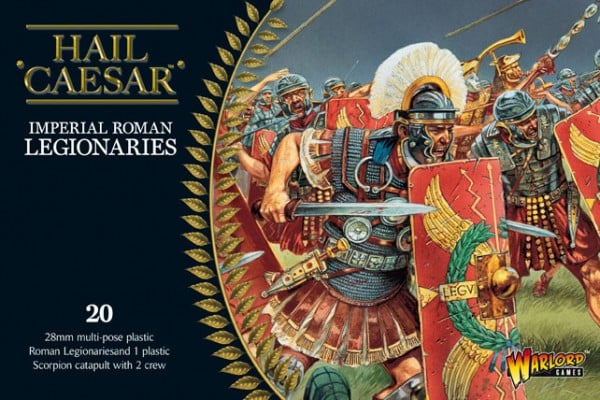
Spotlight: Imperial Roman Legionaries
As the Roman Empire set about conquering all corners of the globe, its fighting forces were underpinned by rank upon rank of Legionaries – the backbone of the Roman Legions – and some of the most formidable troops of their time.
The entire army underwent a restructuring under General Gaius Marius, a statesmen and seven time consul who introduced sweeping reforms in the military. Each man could volunteer as long as he was a Roman citizen, which meant anyone, no matter how wealthy or poor, could join Rome’s armies. By creating the cohorts and making sure that any veteran was be promised land upon the conclusion of a campaign, this ensured the loyalty of these soldiers was to their generals and not the state. It was this loyalty that allowed Julius Caesar to march on Rome, and win the bitter civil war.
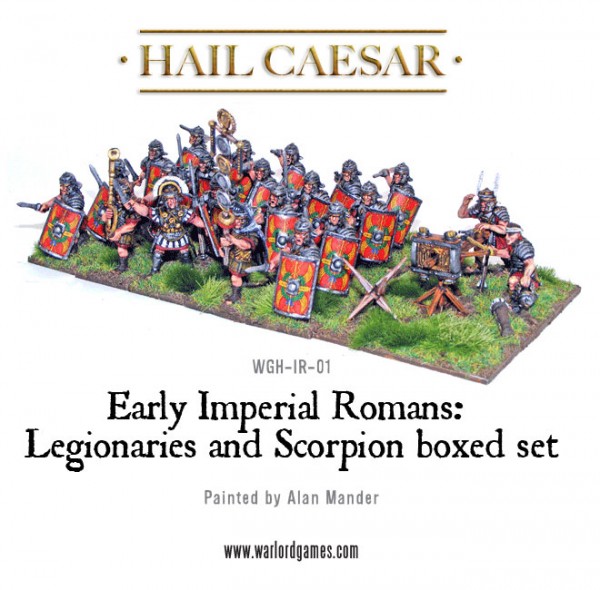
In the middle of the first century a Roman Legion was made up of 10 cohorts commanded by a legate with each cohort containing around 500 men in each. Within these cohorts were 6 centuries consisting of around 60-80 men, which were commanded by a Centurion. The century would also contain the Centurion’s junior officers, the Optios.
The Roman soldier was trained to fight in formation, follow orders without question and to hold their nerve in the face of the enemy. The Roman army was a battle-hardened and truly veteran force after its many campaigns. Now armed with the best weapons and armour, the Imperial army was well prepared for any threat. The armour of the legionary was expensive to make, but was a blessing in battle. Surprisingly easy to manoeuvre in and offering good protection to vital areas of the body, the segmented armoured plates could deflect a blade, and offered better protection than those worn by many of Rome’s enemies.
A legionary carried a knife and backpack whilst on the move, as well as one of the most iconic weapons in the ancient world. The gladius was a short sword, roughly 2.5 feet in length and was primarily designed for thrusting, but worked just as well with the edge when needed. A legionary also carried two pila – javelins with a two-foot metal spike designed to piece armour and shields. The pilum was used to engage targets at mid-range, so that if it missed or glanced off a shield, the Romans would charge in before the enemy had a chance to use it.
The legionaries’ own shield, the scutum had developed into a large, almost full bodied rectangular shield we associate the Roman legionary with today. This was made from wood, with a solid metal shield boss in the centre, designed to bash enemies away if needed. The shield offered neck to shin protection, making it a safe barricade to hide behind. The shields could be locked together, forming an almost impenetrable barrier against oncoming infantry attack, or against a hail of projectiles – the testudo (tortoise).
The Testudo formation was a tactic used many a time on the battlefield. It involved locking the shields in front, to the sides and above the soldiers head to provide cover against attack. This enabled the unit to march continuously, unimpeded and fully protected from attack. Once near the enemy they would be ordered to break formation and charge.
Within each legion was an Aquilifer, who carried the battle standard of the Roman army – the Imperial Eagle. Mounted atop a large wooden pole. This symbol of Rome was carried into battle, often as a beacon for the soldiers and a show of might and wealth to the enemy. The man carrying the Aquila was either dressed in wolf or bearskin, further marking him out from the regular infantry. These items were often highly sought after by the enemy, who sometimes would go at great lengths to capture one. If this happened the entire legion would face punishment. One of the most extreme would be ‘decimation’. This involved men being chosen at random often via pulling a coloured stone blind from a pouch, that man would then be beaten until dead by his own comrades. No one was safe from this punishment, as all men would have been held accountable. Whilst rare, this punishment also acted as a deterrent, further solidifying the legionaries’ loyalty to their generals and ensuring their determination and bravery in battle.
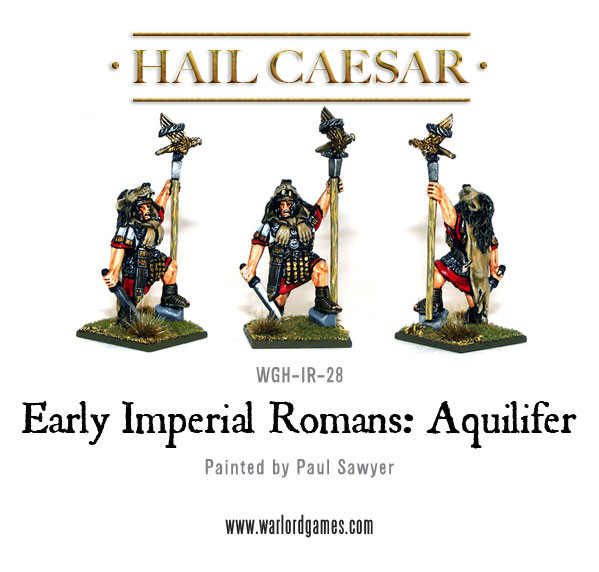
Article written by Sam Phillips
So – head over to the Warlord webstore to grab reinforcements today – and don’t forget to check back through our library of articles for more invaluable resources – such as these Legionary Painting Guides!


